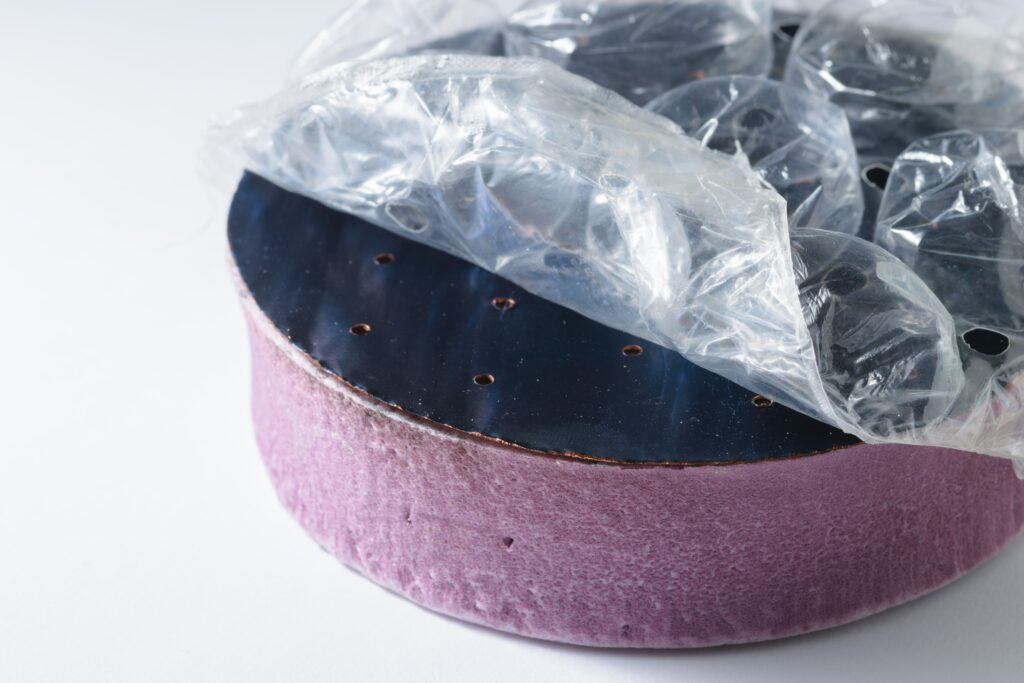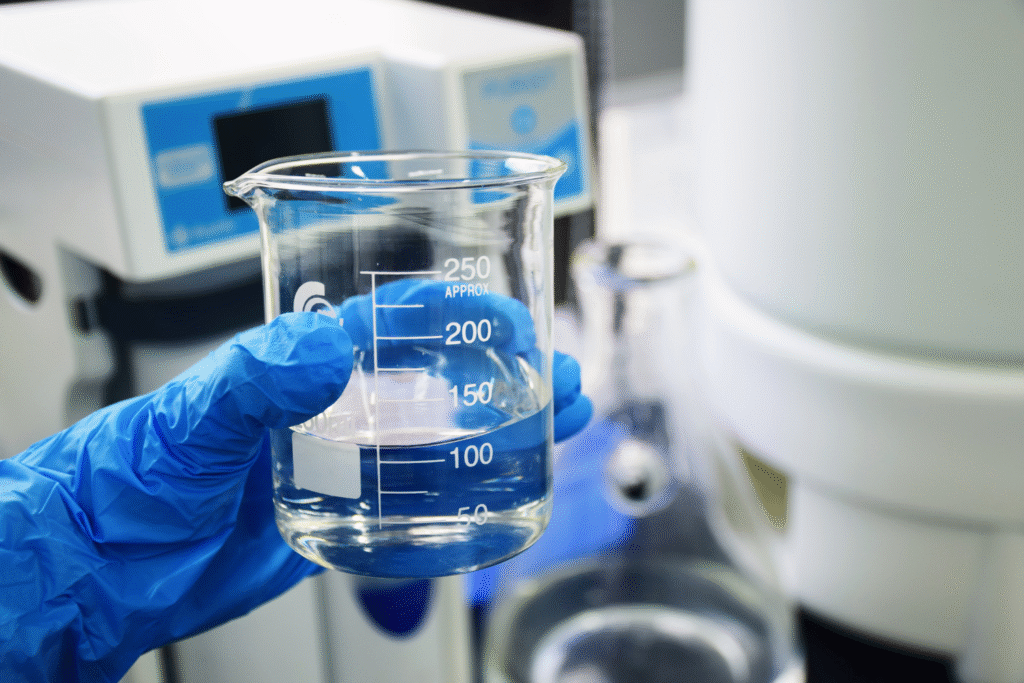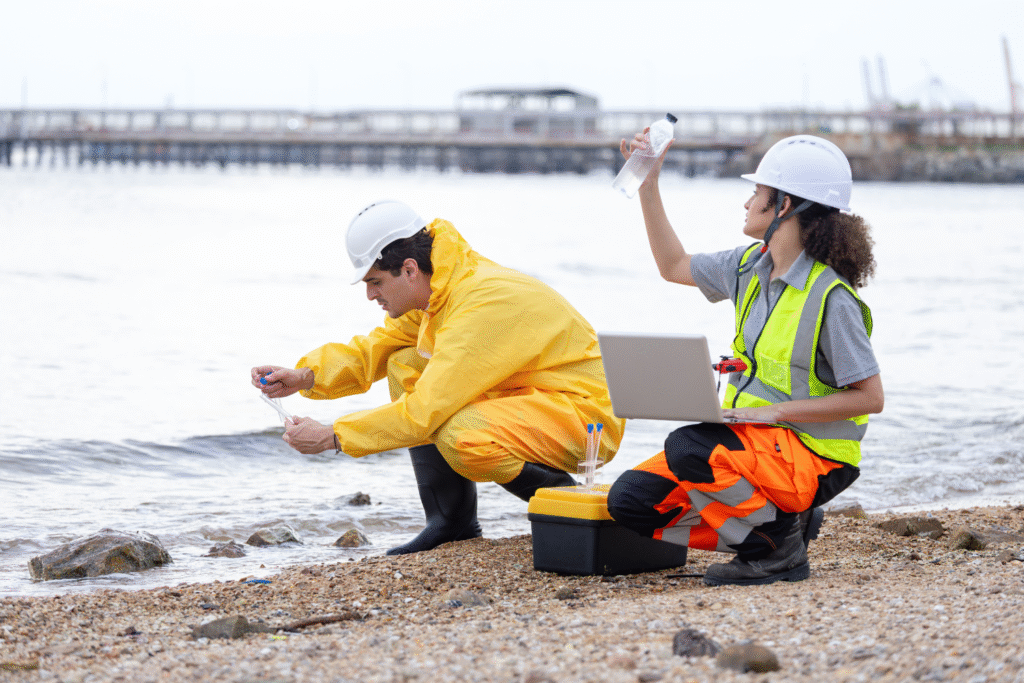Turning ocean water into pure drinking water sustainably.

A discovery using seawater has pushed science closer to solving one of humanity’s oldest problems, access to clean and affordable freshwater. Researchers have developed a sunlight driven system that purifies ocean water without electricity or heavy machinery, marking the first time seawater itself has played such an active role in a scalable desalination process. The result is a self powered sponge that uses solar energy to separate salt from water while leaving behind only trace residues. It is simple, renewable and potentially revolutionary in areas where freshwater is scarce. Here is how this breakthrough actually works.
1. Scientists designed a solar sponge that drinks sunlight.

The research team created a porous, dark colored sponge made from a photothermal material that absorbs sunlight and turns it into heat. This heat triggers water molecules in seawater to evaporate rapidly while salt and impurities stay trapped below. According to ACS Energy Letters, the sponge achieved impressive evaporation rates using only natural sunlight during outdoor testing. The beauty of this design lies in its simplicity, requiring no complex pipes or power. It redefines how energy and nature can work together to turn ocean water into life sustaining freshwater.
2. The sponge produces freshwater faster than traditional systems according to new data.

In tests the sponge outperformed conventional desalination methods by generating drinkable water at higher rates under direct sunlight, as reported by ACS Energy Letters. Its microscopic air pockets channel heat evenly, making the evaporation process consistent even in varying light conditions. The researchers were able to collect condensed water droplets that met quality standards for safe consumption. By turning seawater directly into freshwater through passive solar energy, the system bypasses the costly and energy intensive steps used by industrial plants, changing what was once a dream into a realistic model for sustainable living.
3. The entire process runs without any external energy input.

As discovered by researchers in a joint environmental engineering study, the sponge only requires exposure to sunlight and seawater to operate. This feature makes it ideal for off grid or developing regions where infrastructure is limited. The absence of pumps or filters eliminates energy costs, reducing the environmental footprint that typically comes with desalination. It operates as a closed loop process, simple enough to function anywhere there is sunlight. That accessibility could transform how coastal and island communities approach freshwater shortages, showing how small scale innovation can tackle massive global problems.
4. The material mimics the natural movement of ocean evaporation.

The sponge’s design copies the ocean’s own process of forming clouds. By amplifying evaporation at the surface and capturing clean condensation, it essentially replicates nature’s water cycle within a small structure. This biomimicry makes the process stable, efficient and easy to maintain. What nature does over oceans for billions of years, this small system does in a few minutes on land. It gives us a way to control natural power without damaging the environment.
5. Salt management was the biggest obstacle scientists overcame.

One of the hardest parts of desalination is dealing with salt buildup. The new material solves that by using channels that automatically flush out salt crystals as water evaporates. This self cleaning process keeps performance steady and avoids clogging that plagues older technologies. It means the sponge can keep producing clean water for long periods without maintenance or replacement, increasing both efficiency and practicality.
6. The team’s outdoor tests proved real world reliability.

Unlike earlier prototypes that only worked under controlled laboratory conditions, this sponge succeeded under open sky sunlight. It maintained steady water production rates and showed resilience against fluctuating temperature and humidity. Field performance matters most in proving scalability and the researchers demonstrated that it can thrive outside laboratory boundaries. That marks the difference between a scientific concept and a real tool for human survival.
7. The breakthrough could change how we fight global water scarcity.

With freshwater reserves declining and climate stress increasing, seawater conversion is becoming essential. A low cost, low energy method could bring clean water to millions without relying on large industrial plants. The concept opens opportunities for villages, disaster zones or ships at sea to create water instantly using the sun. It represents independence from centralised systems and renews hope in self sufficiency.
8. Environmental benefits add another layer of importance.

Conventional desalination plants often release concentrated brine back into the ocean, harming marine ecosystems. This new approach leaves behind only trace salt that can be easily managed or reused. The lack of heavy emissions or chemical byproducts makes it a truly sustainable method. Cleaner water without ecological harm is the ideal balance scientists have sought for decades, and this innovation moves closer to that equilibrium.
9. The researchers foresee rapid progress with scalable materials.

The sponge is made from low cost materials available in abundance, meaning large scale production could become affordable within years. The team envisions networks of floating desalination modules operating autonomously on coastal waters. Each would provide clean water directly to communities without requiring heavy construction. Its modular nature gives flexibility and resilience, turning innovation into opportunity across different climates and regions.
10. This milestone proves seawater itself can fuel clean energy progress.

In this achievement seawater is not just the subject of purification but part of the solution. The process uses ocean water, sunlight and physics to produce something that once demanded massive industrial effort. It shows that sustainability is not only possible but practical when nature and technology cooperate. As research continues this discovery may stand as one of the defining moments in renewable science and the quest for clean water.
